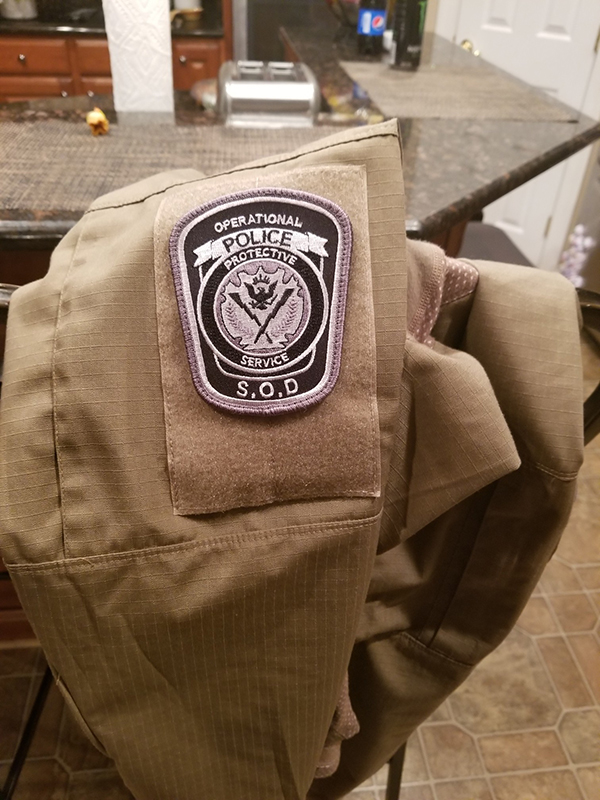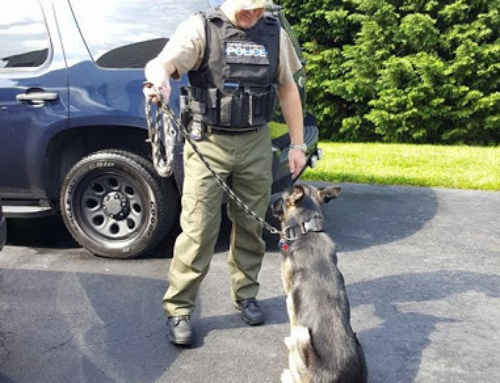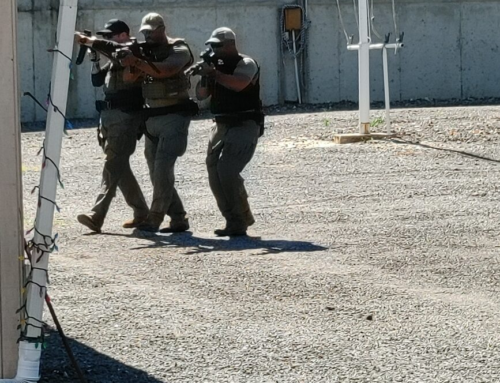Every business is at risk of experiencing security incidents, whether they involve theft, unauthorized access, or a physical threat to employees. Knowing how to respond quickly and effectively can minimize the damage and ensure the safety of everyone involved. Security incident response is a crucial part of any business’s security strategy, and having a clear plan in place can make all the difference. Below are the best practices for managing security incidents with the help of protective services, from the initial response to post-incident analysis.
1. Establish Clear Response Protocols
The first step in effective security incident response is having well-defined protocols in place. Every employee, from management to entry-level staff, should know what to do if a security breach occurs. These protocols should outline:
- Who to notify immediately: Designate specific individuals or teams responsible for managing security incidents.
- How to communicate: Set clear communication channels for reporting incidents, whether it’s through a dedicated phone line, app, or direct contact with security personnel.
- Actions to take during the incident: Employees should know whether to evacuate, shelter in place, or follow other emergency instructions based on the nature of the security threat.
Security training should be conducted regularly to ensure that everyone is familiar with these procedures, reducing confusion and delays during an actual event.
2. Effective Communication During an Incident
Communication is vital during any security incident. All affected employees and stakeholders must be informed about the situation as quickly as possible to ensure their safety and guide them through the response process. Businesses should use multiple communication methods, such as loudspeaker announcements, text alerts, or email notifications, to reach everyone promptly.
In addition to internal communication, it’s important to have a plan for communicating with external agencies, such as law enforcement or emergency services. Pre-establishing contact with local authorities ensures a faster response during critical incidents. If possible, assign a staff member to serve as a liaison with external responders to keep communication organized and streamlined.
3. Swift and Decisive Action
Once a security incident has been identified, immediate action is required to prevent the situation from worsening. This might include securing the premises, locking down certain areas, or initiating an evacuation. Having a trained security team in place can ensure that these actions are carried out quickly and efficiently.
Security personnel should also be equipped to manage any potential threats that arise during the incident. This might involve detaining suspicious individuals, providing first aid to injured parties, or coordinating with law enforcement.
4. Post-Incident Analysis and Improvement
Once the security incident has been resolved, it’s essential to conduct a thorough post-incident analysis. This involves reviewing how the event was handled, identifying any weaknesses in the response, and making improvements to the security plan where necessary. Key questions to consider include:
- Were response protocols followed properly?
- Was communication effective, both internally and with law enforcement?
- Could the incident have been prevented with different security measures in place?

Strengthen Your Security Response with Operational Police Protective Services
Having a well-prepared security incident response plan is critical to safeguarding your business and employees. From clear protocols to swift action and post-incident analysis, every step plays a vital role in managing threats. For professional security services that ensure your business is ready to handle any situation, contact Operational Police Protective Services. We have reliable off-duty officers and armed security officers to help you out.
Reach out to us today!







Leave A Comment
You must be logged in to post a comment.